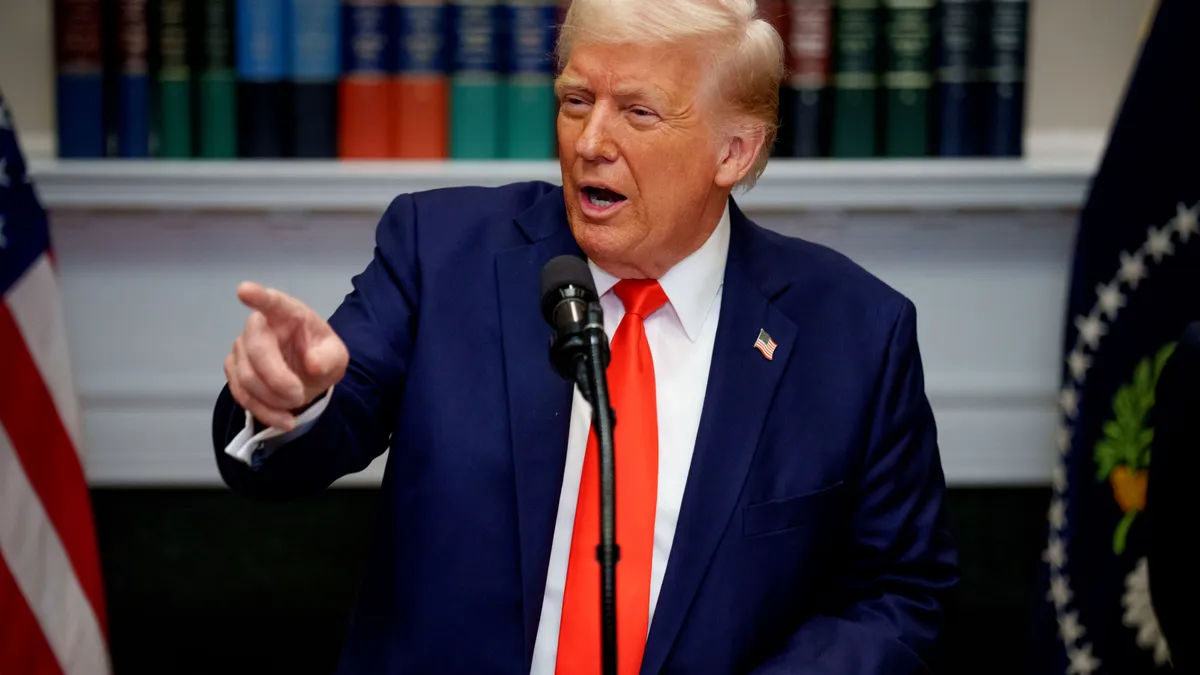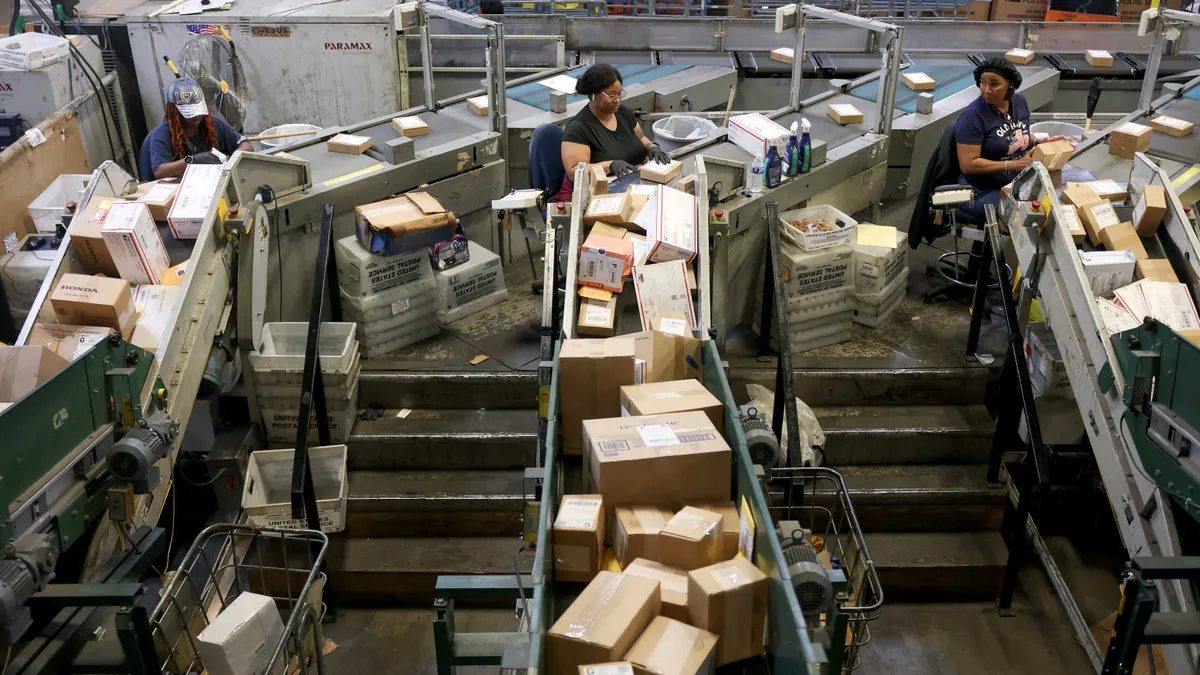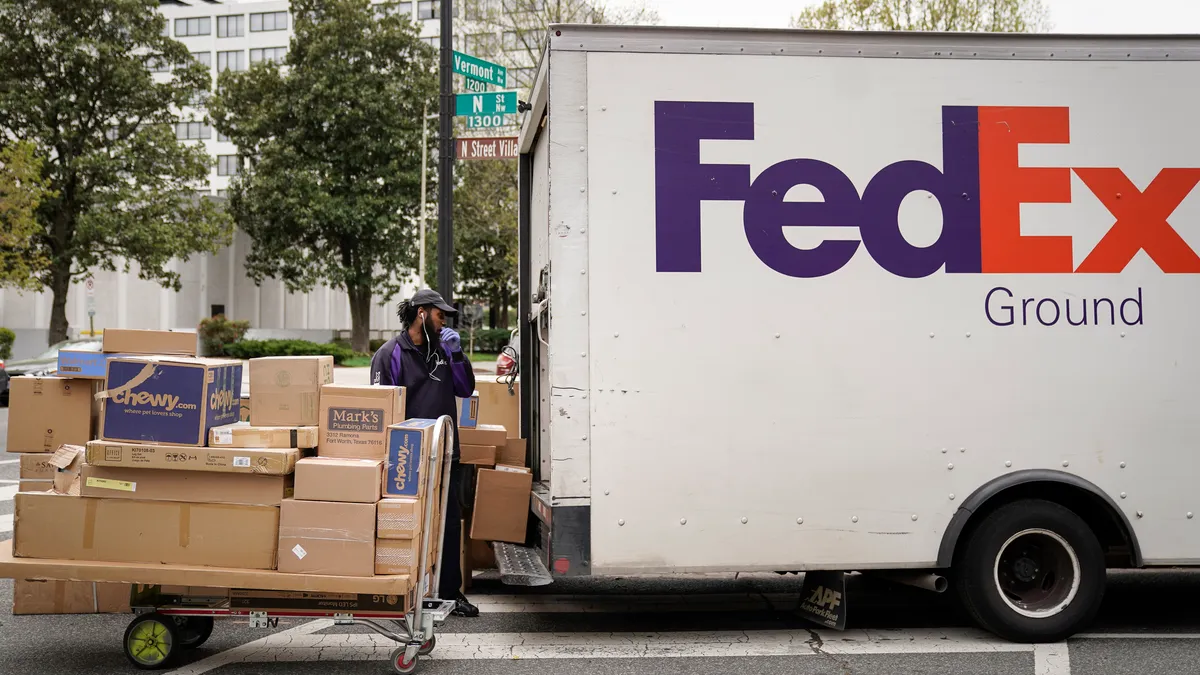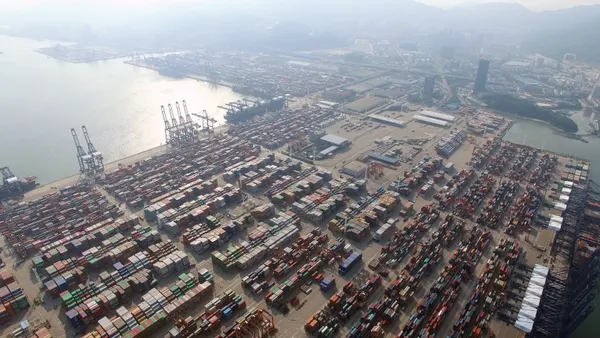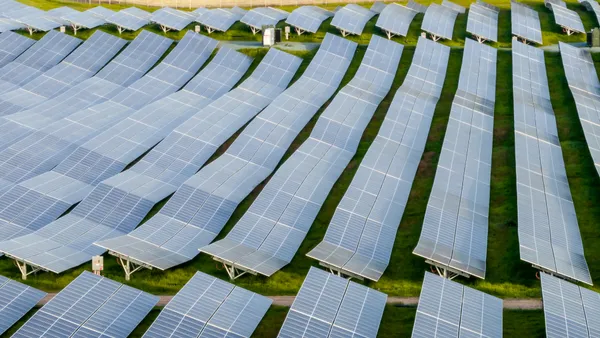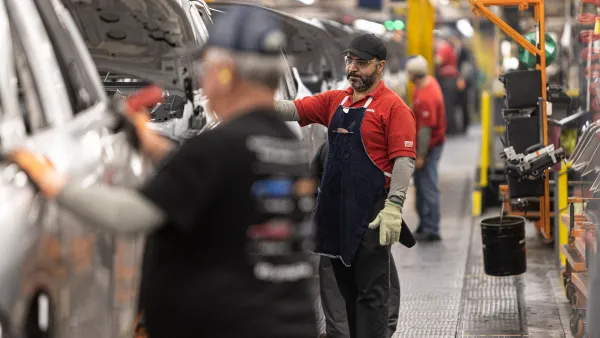Manufacturing industry performance dipped back into economic contraction in March, as companies grappled with the uncertainty surrounding the Trump administration's tariff regime.
After seeing modest production and demand gains in February, the Institute for Supply Management’s Purchasing Managers’ Index registered 49% in March, down 1.3 percentage points from the previous month.
A reading above 50.0% signals an industry in economic growth.
New orders dropped last month as suppliers and customers faced disagreements over which party would pay for tariff-driven price hikes, and uncertainty over near-term demand. ISM's new orders index dropped 3.4 percentage points, down to 45.2%.
Manufacturers' uncertainty regarding tariff policies and their impact "overshadowed" anything else in ISM survey respondents' comments, Timothy Fiore, chair of the ISM’s manufacturing business survey committee, said on a media call Tuesday.
"The manufacturing economy is struggling, primarily due to the tariff uncertainty," Fiore said. "Since we spoke a month ago, there's more confusion and more uncertainty, and that's why our PMI number is now weak."
S&P Global’s March index registered a similar performance dip with the PMI at 50.2.
"A key concern among manufacturers is the degree to which heightened uncertainty resulting from government policy changes, notably in relation to tariffs, causes customers to cancel or delay spending, and the extent to which costs are rising and supply chains deteriorating in this environment," Chris Williamson, chief business economist at S&P Global Market Intelligence, said in a statement.
Prices rose in March, driven in part by tariffs on steel and aluminum. Input price inflation rose to its highest level since August 2022, according to S&P Global.
Regarding prices, Fiore said that tariffs typically register a "one-time hit" that manufacturers must take when new policies are enacted. If the industry were only dealing with the commodity tariffs and duties on China, Fiore said the price issue would largely "resolve itself" by May.
However, given that more tariffs are on the way tomorrow with the Trump administration's self-described "Liberation Day," set to bring an array of reciprocal tariffs, manufacturers' pain is not yet behind them.
"I do see this as kind of a one-time event," Fiore said. "The problem is there's more coming."
The ISM economist caveated that tariffs on their own are not inflationary. Their impact, however, is likely to raise the cost of living in the U.S., which could drive more workers to demand wage increases, Fiore said.
The president has repeatedly touted tariffs as a way to grow domestic manufacturing, driving more companies to invest in U.S. production as a way to avoid import cost hikes. While this is possible, Fiore said domestic manufacturers are likely to raise their own prices to match the heightened cost environment sparked by tariffs, meaning that even if the U.S. industry grows, it isn't likely to lead to cheaper consumer goods.
"In the end, we're looking at raising the cost of living in the United States consistent with a 25% tariff across all of our imported products, which, by natural conclusion, is going to drive the cost of domestic products up too," Fiore said.



